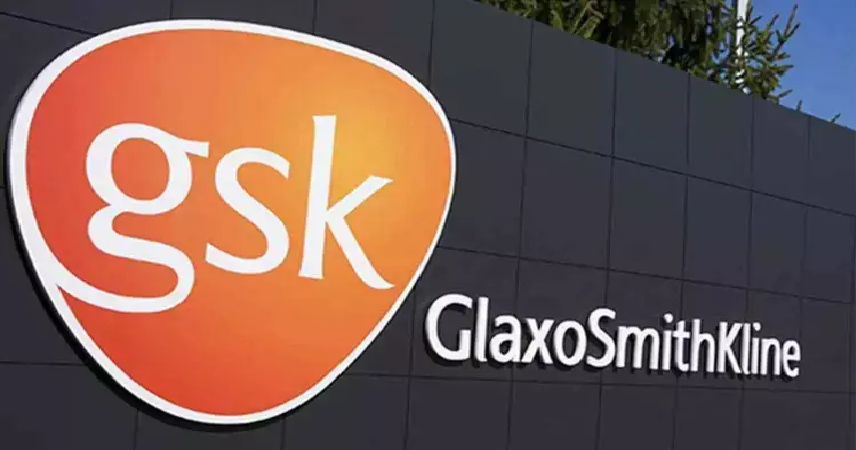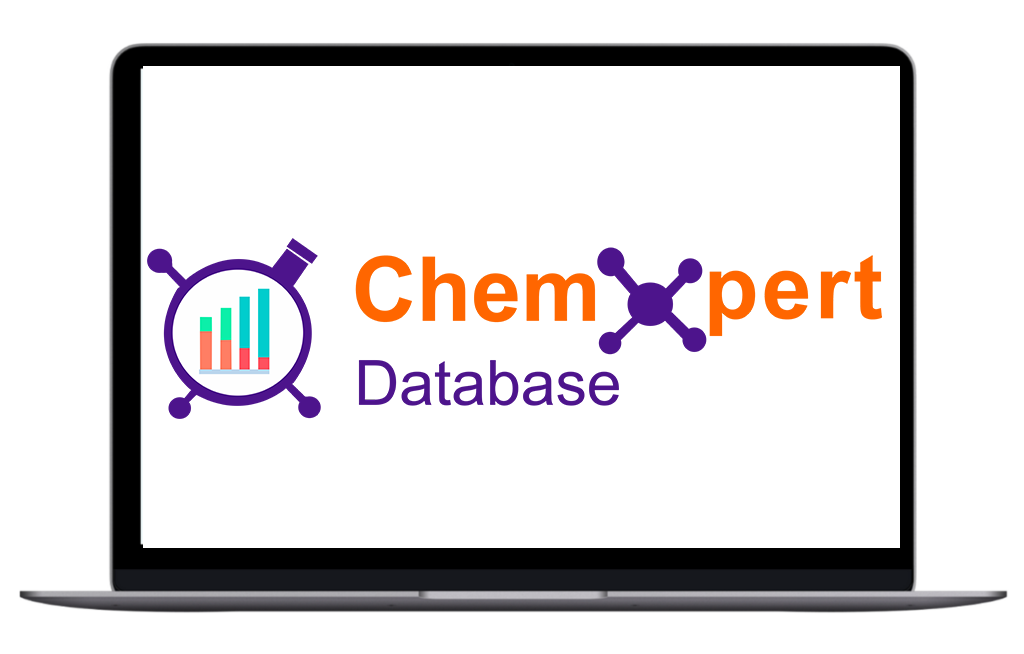
GSK plc announced the approval of Blenrep combinations by Japan’s Ministry of Health, Labour and Welfare (MHLW) for the treatment of adults with relapsed or refractory multiple myeloma. The approval is based on positive results from the DREAMM-7 and DREAMM-8 phase III trials evaluating Blenrep in combination with bortezomib plus dexamethasone (BVd) and in combination with pomalidomide plus dexamethasone (BPd), respectively, in patients with multiple myeloma who have received at least one prior therapy. The approval follows an orphan drug designation for Blenrep in Japan, which was granted based on its ability to address high unmet need for patients with multiple myeloma.
Superior efficacy results from the pivotal DREAMM-7 and DREAMM-8 phase III trials in relapsed or refractory multiple myeloma support MHLW approval of Blenrep combinations. These include statistically significant and clinically meaningful progression-free survival (PFS) results for Blenrep combinations versus standards of care in both trials and overall survival (OS) in DREAMM-7. The safety and tolerability profiles of the Blenrep combinations were broadly consistent with the known profiles of the individual agents.
Hesham Abdullah, senior vice president, global head oncology, R&D, GSK, said: “Today’s approval brings the benefits of Blenrep combinations to patients with relapsed or refractory multiple myeloma in Japan. Patients need additional treatment options at or after first relapse that can extend remission and survival versus standard of care. Blenrep combinations have the potential to redefine treatment outcomes based on superior efficacy shown in two phase III trials, with the added advantage of in-office administration in both academic and community treatment settings.”
Most patients with multiple myeloma experience relapse, and in Japan only about 43% remain alive five years after diagnosis. Blenrep is the only anti-BCMA (B-cell maturation antigen) antibody-drug conjugate (ADC) approved in multiple myeloma, providing patients at or after relapse with a differentiated mechanism of action. Blenrep combinations can be administered to a range of patient types in any oncology treatment setting without complex pre-administration regimens or hospitalisation.
In the DREAMM-7 and DREAMM-8 clinical trials, Blenrep combinations consistently benefited a broad range of patients, including those with poor prognostic features or outcomes, such as high-risk cytogenetics or those refractory to lenalidomide. Both trials also showed clinically meaningful improvements across all other secondary efficacy endpoints, including deeper and more durable responses versus the respective comparators.
Eye-related side effects associated with Blenrep were successfully managed by extending time between infusions and through dose reductions, allowing patients to maintain benefit and resulting in low rates of discontinuation (=9%) in both trials. Eye exam findings and changes in visual clarity (known as visual acuity) resolved in 83% of occurrences; with the trials ongoing, the remaining occurrences were in patients with follow-up ongoing or lost to follow-up. There have been no confirmed cases of permanent bilateral vision loss (i.e., no permanent bilateral eye exam findings of 20/200 or worse) based on current Blenrep clinical trial data and previous monotherapy post-marketing use. The most commonly reported non-ocular adverse events (>30% of participants) in the Blenrep combination arm were thrombocytopenia (87%) and diarrhoea (32%) in DREAMM-7, and neutropenia (63%), thrombocytopenia (55%) and COVID-19 (37%) in the Blenrep combination arm of DREAMM-8.
This is the second major regulatory approval for Blenrep combinations for the treatment of relapsed or refractory multiple myeloma, following the first authorisation in the world last month by the UK Medicines and Healthcare products Regulatory Agency (MHRA).
Blenrep combinations are currently under review in all major markets globally, including in the US with a Prescription Drug User Fee Act (PDUFA) date of 23 July 2025, European Union, China (based on the results of DREAMM-7, with Breakthrough Therapy Designation for the combination and priority review for the application), Canada, and Switzerland (with priority review for DREAMM-8).
Multiple myeloma is the third most common blood cancer globally and is generally considered treatable but not curable. There are approximately more than 180,000 new cases of multiple myeloma diagnosed globally each year, including more than 7,200 in Japan. Research into new therapies is needed as multiple myeloma commonly becomes refractory to available treatments. Many patients with multiple myeloma are treated in a community cancer setting, leaving an urgent need for new, effective therapies with manageable side effects that can be administered outside of an academic centre.
Blenrep is an ADC comprising a humanised BCMA monoclonal antibody conjugated to the cytotoxic agent auristatin F via a non-cleavable linker. The drug linker technology is licensed from Seagen Inc.; the monoclonal antibody is produced using POTELLIGENT Technology licensed from BioWa Inc., a member of the Kyowa Kirin Group.
In April 2025, the UK Medicines and Healthcare products Regulatory Agency (MHRA) licensed Blenrep combinations for the treatment of relapsed or refractory multiple myeloma in adult patients who have received at least one prior therapy.
In Japan, Blenrep is indicated for the treatment of adults with relapsed or refractory multiple myeloma.
DREAMM-7 is a multicentre, open-label, randomised phase III clinical trial evaluating the efficacy and safety of belantamab mafodotin combined with bortezomib plus dexamethasone (BVd) compared to daratumumab combined with bortezomib plus dexamethasone (DVd) in patients with relapsed or refractory multiple myeloma who previously were treated with at least one prior line of multiple myeloma therapy, with documented disease progression during or after their most recent therapy. The trial enrolled 494 participants who were randomised 1:1 to receive either BVd or DVd. Belantamab mafodotin was administered at a dose of 2.5mg/kg intravenously every three weeks. The primary endpoint was PFS as per an independent review committee, with secondary endpoints including OS, duration of response (DOR), and minimal residual disease (MRD) negativity rate as assessed by next-generation sequencing. Other secondary endpoints include overall response rate (ORR), safety, and patient reported and quality of life outcomes.
In DREAMM-7, BVd nearly tripled median PFS versus DVd (36.6 months versus 13.4 months, respectively (hazard ratio [HR]: 0.41 [95% confidence interval (CI): 0.31-0.53], p-value<0.00001). DREAMM-7 also met the key secondary endpoint of OS, showing a statistically significant and clinically meaningful 42% reduction in the risk of death at a median follow-up of 39.4 months favouring BVd (n=243) versus DVd (n=251) (HR 0.58; 95% CI: 0.43-0.79; p=0.00023). The three-year OS rate was 74% in the BVd arm and 60% in the DVd arm.
PFS results were presented at the American Society of Clinical Oncology (ASCO) Plenary Series in February 2024 and published in the New England Journal of Medicine. OS results were presented at the American Society of Hematology (ASH) Annual Meeting in December 2024.
DREAMM-8 is a multicentre, open-label, randomised phase III clinical trial evaluating the efficacy and safety of belantamab mafodotin in combination with pomalidomide plus dexamethasone (BPd) compared to bortezomib and pomalidomide plus dexamethasone (PVd) in patients with relapsed or refractory multiple myeloma previously treated with at least one prior line of multiple myeloma therapy, including a lenalidomide-containing regimen, and who have documented disease progression during or after their most recent therapy. The trial included 302 participants who were randomised 1:1 to receive either BPd or PVd. Compared to the patient population studied in the DREAMM-7 trial, patients in DREAMM-8 were more heavily pre-treated in that all had prior exposure to lenalidomide, 78% were refractory to lenalidomide, 25% had prior daratumumab exposure and of those most were daratumumab refractory. Belantamab mafodotin was administered at a dose of 2.5mg/kg intravenously for the first cycle and 1.9mg/kg intravenously every four weeks. The primary endpoint was PFS as per an independent review committee, with key secondary endpoints including OS and MRD negativity rate as assessed by next-generation sequencing. Other secondary endpoints include ORR, DOR, safety, and patient reported and quality of life outcomes.
In DREAMM-8, a statistically significant and clinically meaningful improvement in PFS (HR: 0.52 [95% CI: 0.37-0.73], p-value<0.001) was observed with BPd (n=155) compared to PVd (n=147). At a median follow-up of 21.8 months, the median PFS was not yet reached (95% CI: 20.6-not yet reached [NR]) with BPd compared to 12.7 months (95% CI: 9.1-18.5) for PVd. At the end of one year, 71% (95% CI: 63-78) of patients in the BPd combination group compared to 51% (95% CI: 42-60) in the PVd combination group were alive and had not progressed. A benefit for BPd was observed across all pre-specified subgroups including those with poor prognostic features, such as patients who were refractory to lenalidomide and patients with high-risk cytogenetics. A positive OS trend was observed but not statistically significant (HR: 0.77 [95% CI: 0.53-1.14]) at the interim analysis. OS follow-up continues and further analyses are planned.
Results were first presented at the 2024 ASCO Annual Meeting and published in the New England Journal of Medicine.
GSK’s ambition in oncology is to help increase overall quality of life, maximise survival and change the course of disease, expanding from our current focus on blood and women’s cancers into lung and gastrointestinal cancers, as well as other solid tumours. This includes accelerating priority programmes such as antibody-drug conjugates targeting B7-H3 and B7-H4, and IDRX-42, a highly selective KIT tyrosine kinase inhibitor.
GSK is a global biopharma company with a purpose to unite science, technology, and talent to get ahead of disease together

Sick and tired of always wondering if you are being asked to pay the right price for your APIs? This empowers you with the answers you need to make the right decisions in the Global API market.
Chemxpert Database is one of the biggest and most comprehensive directories of pharma and chemicals, manufacturers, suppliers and information. Provided with current information on prices, demand and transactions, it gives you instant feedback on whether you are buying what is right and at the right time.
Start using market intelligence today and allow yourself to be in control in the API market.
Check it out today and make more informed sourcing decisions! Learn More!
